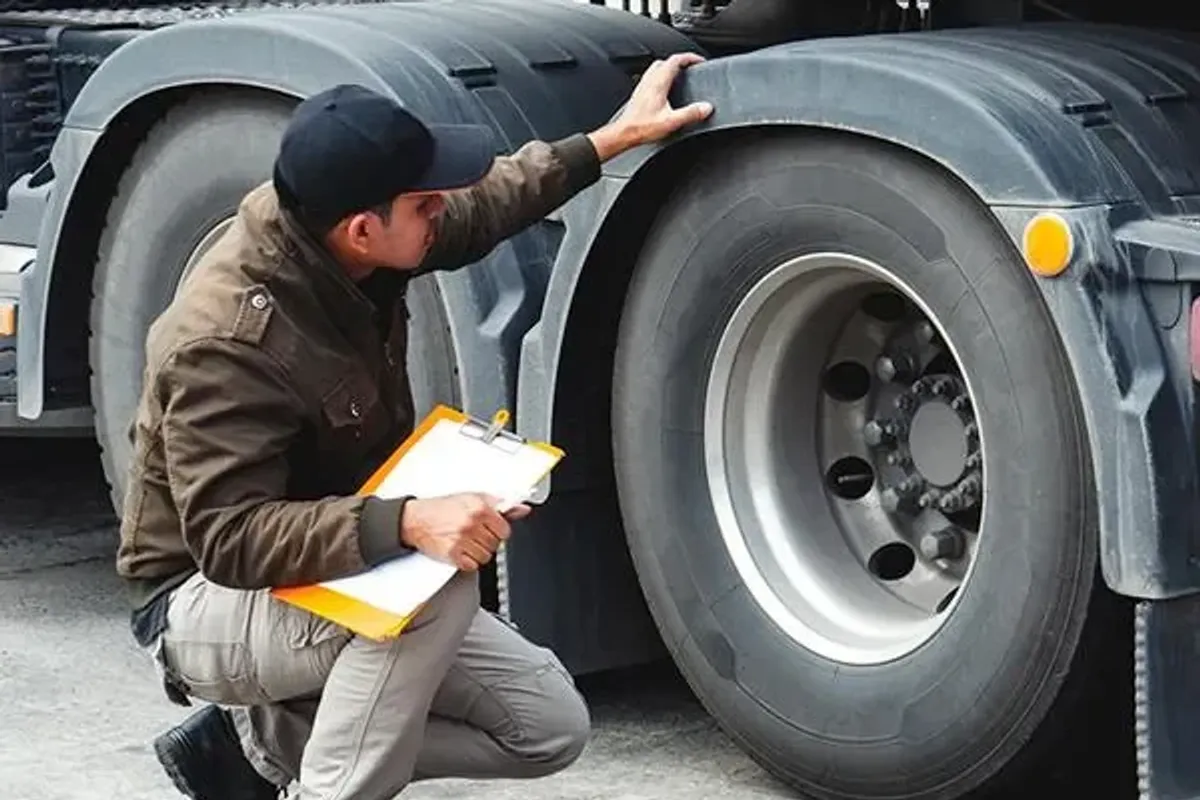
4 Things Drivers Should Know About Wheel Ends
The annual 72-hour Commercial Vehicle Safety Alliance's (CVSA) International Roadcheck roadside inspection blitz includes more than 40,000 commercial motor vehicle (CMV) inspections across the U.S., Canada and Mexico.
Each year, law enforcement officers focus on one particular safety area, and this year it's wheel ends. That includes wheels, rims, hubs, tires, brakes and slack adjusters.
Prepare yourself and your vehicle for this year's International Roadcheck with these four tips:
1. Conduct Thorough Pre-, During- and Post-Trip Inspections
Be sure to check the condition of wheel-end components and look for any signs of wheel-bearing problems. Finding any wear early can help you prevent a vehicle out-of-service (OOS) violation and keep your truck safe on the road. Don't forget to re-check these critical components again before you leave your scheduled stops.
2. Know the Signs of Wheel-End Problems
If you experience any of these symptoms, it's a good bet your wheel ends need maintenance or repair:
- Abnormal or uneven tire wear
- Hubcaps that are too hot to touch
- Smoke from a wheel end
- Wheel vibration, wobble or noise
- Increased stopping distance
- Decreased braking power
- Abnormal side pull when braking
- Wheel lock-up or skidding
- Increasingly loud, abnormal noises from the hub area
3. Don't Forget the Rest of Your Truck
During last year's Roadcheck, 16.5% of CMVs inspected in the U.S. received vehicle OOS violations. Brake systems, tires, lights, brake adjustment and cargo securement were the top-five vehicle OOS items.
In addition, 5.3% of drivers received OOS violations for items like hours of service violations, false logs, or driving with the wrong class license or a suspended license. So, make sure all items on your truck work properly and that your records and ID are up to date.
4. Know Which Wheel-End Items Inspectors Will Check
During an inspection, law enforcement officers will look for these wheel-end problems:
- Cracked locking rings, studs or clamps
- Bent, cracked or broken rims (inside and outside)
- Loose, broken, missing or damaged wheel fasteners and elongated stud holes
- Cracks across spokes and in the web area or slippage in the clamp areas
- Lubricant leaks, missing caps or plugs in wheel hubs
- Inner wheel seal leaks
- Tire and valve stem leaks
- Proper tire inflation
- Regrooved tires on steering axle
- Tread wear and major tread groove depth
- Improper repairs such as tire plugs in sidewalls
- Exposed fabric or cord
- Tires touching one another or any part of the vehicle
- Debris between the tires
- Markings on tires that would exclude its use on a steering axle